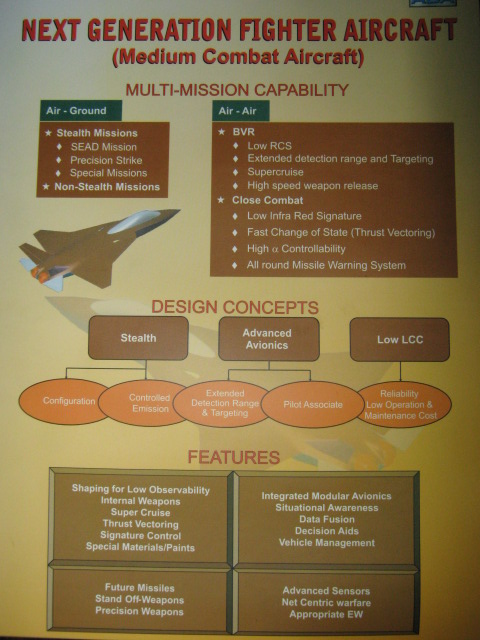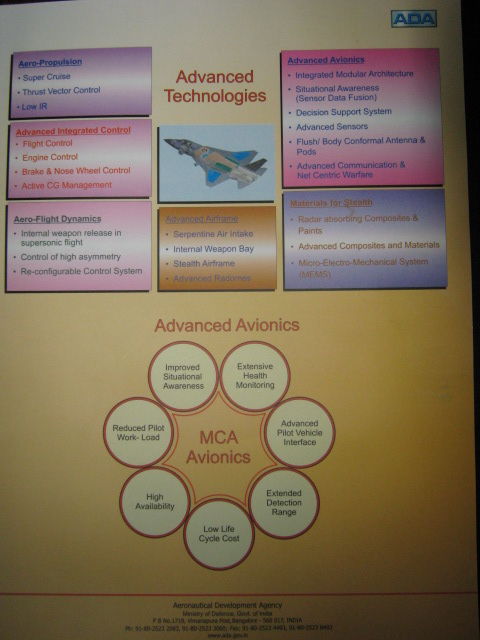Final Touchdown
Indian Express
Final Touchdown
Manu Pubby
Posted: Feb 20, 2009 at 2226 hrs IST
Close to three decades after the aircraft were bought from the erstwhile USSR to counter Pakistan’s then newly acquired F-16 air superiority fighters, the Indian Air Force (IAF) will bid a final farewell to the last of its MiG-23 ‘swing wing’ fighters.
The MiG-23 BN aircraft from IAF’s 221 Squadron will fly out from the Halwara airbase on March 6 for a final sortie that will wrap up its 30 years in the Air Force. The jets were once known as formidably fast supersonic fighters that were originally designed as a replacement for the MiG-21 fighter. Now, of course, it’s their turn to retire for good.
Most of IAF’s fleet of MiG-23s has already been phased out and the last batch that will fly off from Halwara is the ground-attack version of the aircraft. The MiG-23 MF, the air-superiority version of the fighter, was phased out in 2007. The aircraft had a unique ‘swing wing’ technology, in which the wings of the jet would be swept back when it achieved high speeds and would be put back into ‘forward’ mode at slow speeds and for landing.
While the jet was known for its high-speed performance and an extraordinarily powerful power plant, it was beset with the traditional problems of Russian fighters — it had a dubious safety record and unreliable engines. The last few years saw frequent crashes as the fighters reached the limit of their service life.
But they still have their fans. “The MiG-23s were like rockets. They were very, very fast indeed and the acceleration was remarkably good. They bought in new methods of weapons delivery and a different technology from the Western fighters in service,” says former Air Chief Marshal S P Tyagi.
The fighters did not take part in any conflict but were pressed into service during the Kargil operations and carried out patrols during the 2001-02 standoff with Pakistan.
But even more interesting than their service in the Air Force is the story behind how the fighters were bought by India from the erstwhile USSR.
Old timers recall that the fighters took part in a competition for a Deep Penetration Strike Aircraft (DPSA) for the Air Force in the 1970s. However, the Russian fighter did not meet the requirements of the Air Force in terms of avionics and range. A decision was taken to buy the British Jaguar fighters instead.
That was during the peak of the Cold War and the Russians did not take too kindly to India buying a Western aircraft. As a retired officer says, the USSR was “somewhat disappointed” at the choice.
Things changed dramatically after Pakistan managed to strike a deal with the USA to buy its latest F-16 fighters, sending a wave of panic across the Indian Air Force. USSR then offered India the MiG-23 to counter the American jets at “very friendly prices”.
As an officer says, the terms of payment were “unbelievably true” and the fighters were given to India “virtually free” as the USSR was keen to retain its hold on the Indian defence market. A deal was signed and the first of the fighters entered service in 1980.


